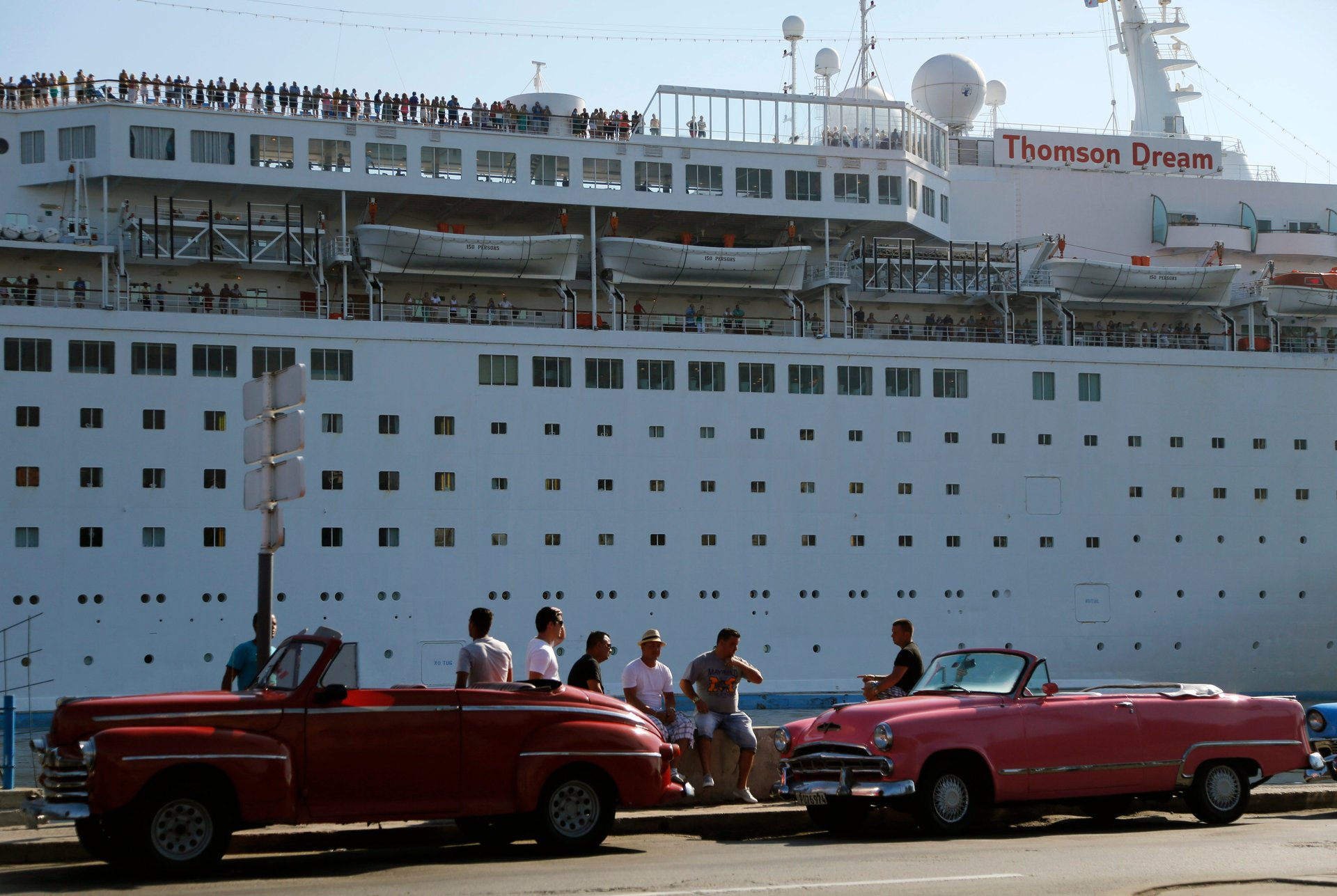An open Cuba will give the whole Caribbean bloc an economic boost, says a former Jamaican prime minister
In American politics the idea of an open Cuba is still controversial in some quarters, but as president Barack Obama moves forward, slowly but surely normalizing the United States’ relationship with the once-isolated country, Cuba’s neighbors are chomping at the bit to get its economic engine up and running.


In American politics the idea of an open Cuba is still controversial in some quarters, but as president Barack Obama moves forward, slowly but surely normalizing the United States’ relationship with the once-isolated country, Cuba’s neighbors are chomping at the bit to get its economic engine up and running.
Former Jamaican prime minister PJ Patterson said at the Cariforum trade conference yesterday in Montego Bay, Jamaica that the Caribbean region could become an economic powerhouse if its small island nations join forces with Cuba.
“It’s something we the Caribbean leaders have been working on for a very long time, and that effort has continued even since my retirement through a number of world organizations of which I remain a member,” said Patterson in an interview with Quartz. ”I doubt if there’s a dissenting voice in the Caribbean which would not applaud it.”
Both sides of the Jamaican parliament have supported the move by the U.S. government to normalize relations with Cuba. And with good reason: Cuba has huge potential as a destination for nearby American tourists. Rather than cannibalize competitors, it could help increase the options for tourists to the Caribbean overall, argued Patterson.
As we’ve written before, Cuba may become a new holiday destination for Americans, but many countries in western Europe and beyond already send plenty of their citizens to visit Cuba.
Cuba saw about 2.8 million international tourist arrivals in 2012, up from 2.5 million in 2010, according to World Bank data. It is already ahead of many Caribbean nations, including Jamaica, Antigua and Barbuda, St Lucia and the Cayman Islands. The Caribbean Tourism Organization shows Cuba is the second most visited island, with around 2.2 million visitors (pdf, Table 1) from January to September 2014. Dominican Republic had the most visitors with 4.2 million visitors from January to October.
Patterson, who was prime minister of his country from 1992-2006, thinks a rising tide of US tourism will lift all boats as the Cuban market opens up. But he’s also looking well beyond tourism.
“It’s not going to be immediate, but it lays the basis for cooperation in tourism, the use of maritime and aviation space in the development of ports for the mega ships that are going to pass through the Panama Canal,” he said. “It will also help with the pooling of knowledge in dealing with education, health and infrastructure-building.”